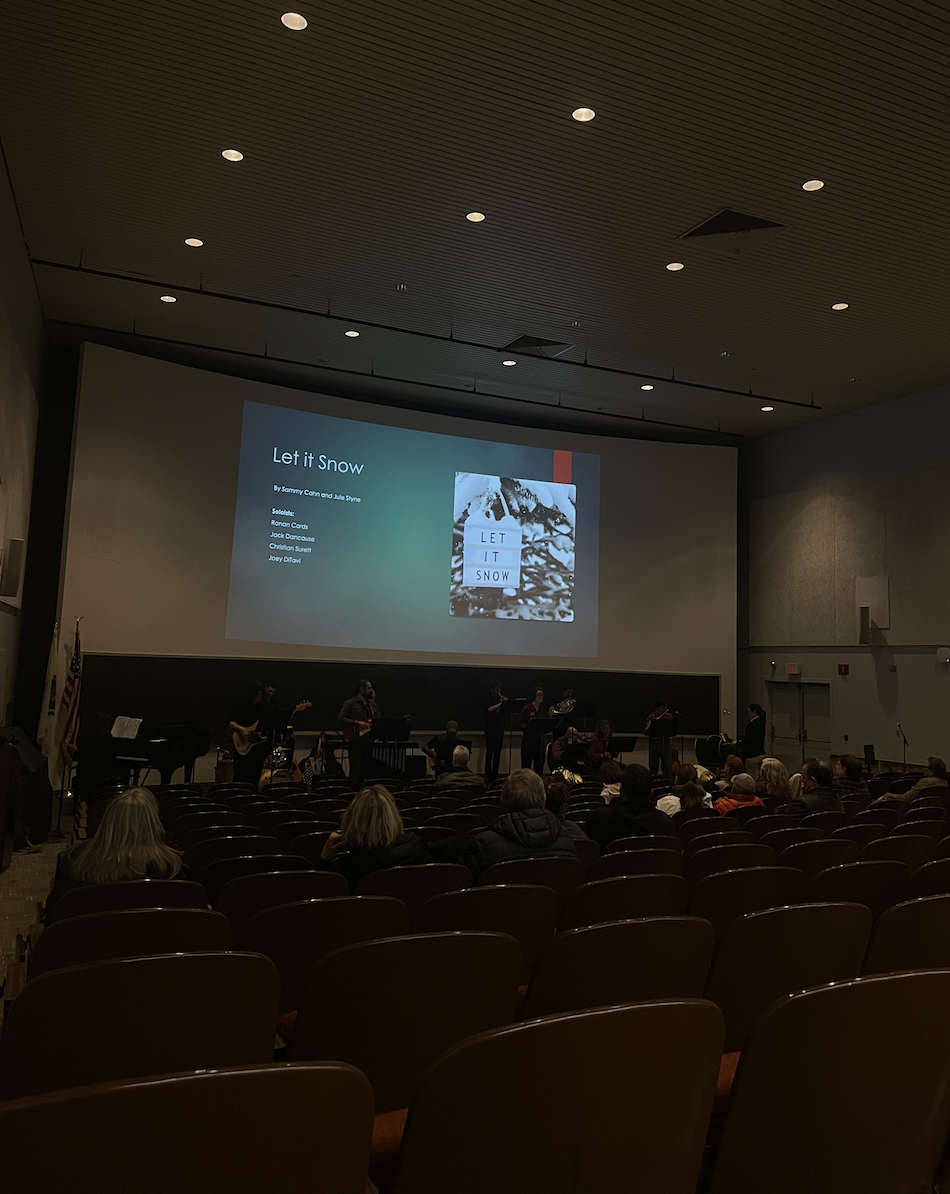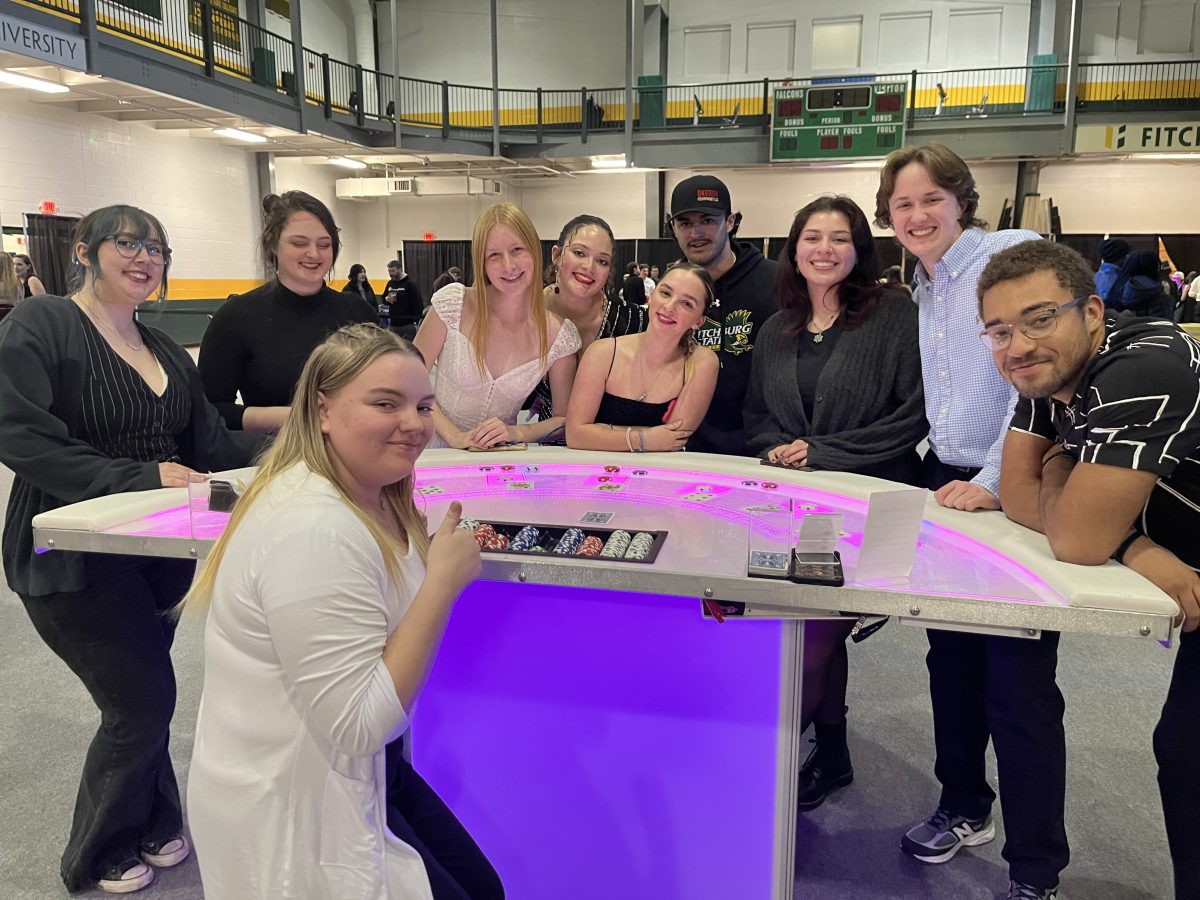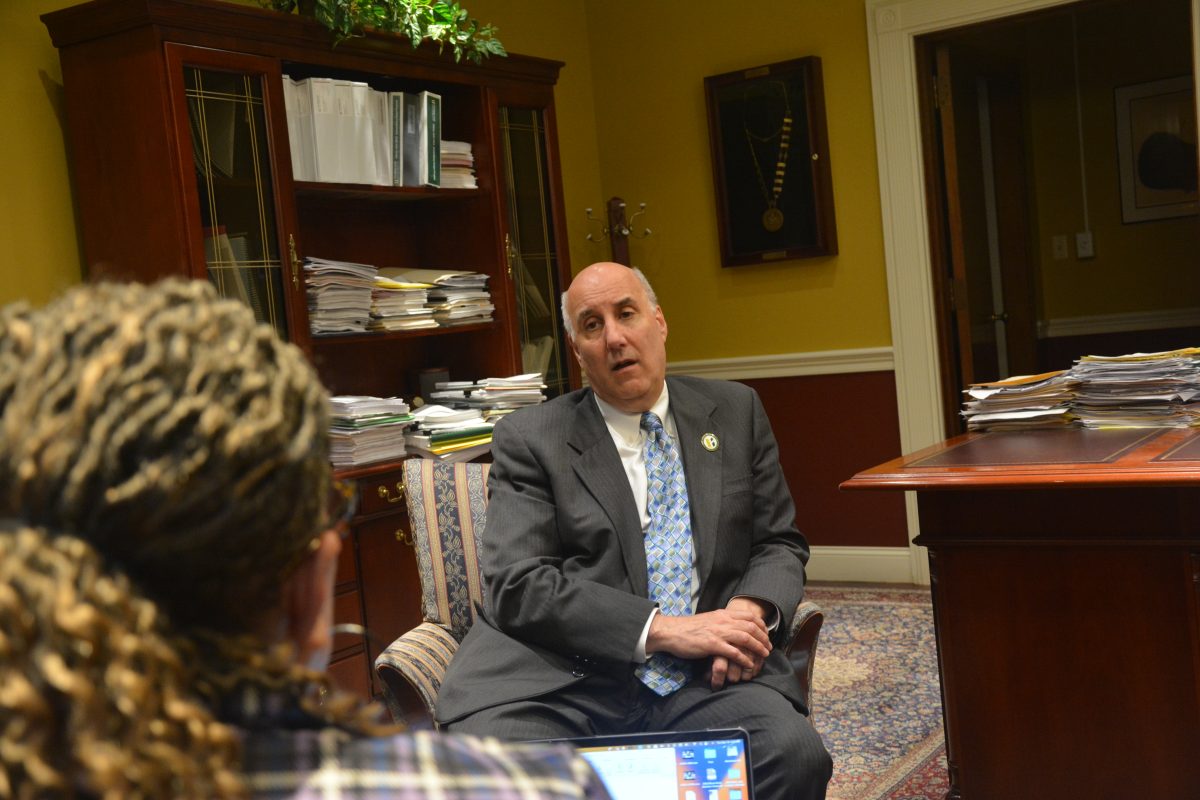
By: Cillea Houghton
When you walk into the day room at the Montachusett Interfaith Hospitality Network located in the First Parish Unitarian Universalist Church in Fitchburg, there is a couch, about 10 tables, and a small play center in the corner. On the walls, blue and red signs adorned with a white dove say phrases like “Creating justice” and “Vision of justice.”
“The city of Fitchburg has always supported us; they have respect for what we do,” explained Arthur Heusser, director of the MIHN since 2006. He cited churches in particular: “If it weren’t for the hundreds of volunteers from the churches, MIHN wouldn’t exist.”
The MIHN is the only homeless shelter in the Fitchburg/Leominster area that takes in entire family units. Other shelters only take in individuals or single mothers. The organization began in 2003, originally located in Leominster, but had to move to the church due to an expired building lease.
Heusser revealed that the MIHN is a privately owned, non-state funded organization that is assisted by grants and donations. He describes the organization as a “community response to homelessness,” providing its inhabitants with housing, meals, and various training services such as financial literacy, parenting, counseling, and housing opportunities. They also help families establish a stable lifestyle.
Part of the reason why shelters like the MIHN are less common is because state funding for family shelters is scarce. According to Heusser, Massachusetts is one of the few states that shelters entire families. However, families trying to enter shelters are subject to background checks and criteria that make it harder for them to qualify, determined by Emergency Assistance and the Department of Housing and Community Development. Eligibility is based upon the income of the family, amount of dependent children under 21, pregnancy, citizenship, and whether or not the family is, in fact, homeless.
While the issue of family homelessness is a growing one, it has become harder for the states to pay for these high-costing shelters, due to the poor economy.
“It’s a problem that’s been getting worse over the years,” Heusser said, adding that 75 percent of families that apply for shelter housing are not eligible. “Homeless families are less visible than homeless individuals; the true number of homeless families is far greater than any count you’ll see. It’s a pretty serious issue.”

In spite of this invisibility, Heusser feels that the community has been responsive toward the organization. Volunteers even provide hot meals for the shelter families every night.
Another strong supporter is Fitchburg mayor, Lisa Wong, who is appreciative for the work done by MIHN.
“I know that the work they do takes a tremendous amount of resources and a tremendous amount of volunteers. I wish there were more Art [Heusser]’s,” Wong stated.
Other organizations that support MIHN include the Red Cross, which provide Certified Nursing Assistant training, and Birthday Wishes, a group that has birthday celebrations for the children in the shelter every month, as well as numerous volunteers.
“There’s an awful lot of nice folks around,” Heusser said.
Like Heusser, MIHN case manager, Melissa Ingerson, works closely with the families to help them build a foundation.
“I try to help them get ready for their next life,” Ingerson said. “I try to keep them focused [and] teach them that it can get better.”
Contrary to popular belief, shelters are not a place for people to simply hang out.
“We run a very strict program to help get them on their feet,” said Ingerson, adding that families at the MIHN are required to save 75 percent of their income, “We make them work toward self-sufficiency.”
Ingerson also stated that while she runs a tough program, it comes from a positive place.

“We are their support system. We laugh together, cry together, celebrate milestones with them,” she explained. “At the end of the day, the lessons they learn are embedded forever.”
Many people have an idea of what they believe ‘homelessness’ looks like. However, Ingerson revealed a popular misconception about the issue.
“With homelessness, people think of a big room with plastic cots and disheveled people [or] a person with substance abuse passed out on the bench. It’s not like that,” Ingerson said.
She also explained what she would like students to be aware of regarding those who are homeless.
“Be aware of who is actually homeless and why people become homeless. Be conscious that not all homeless people are bad; most haven’t caused their own problems. Know that it’s really hard to ask for help,” she said.
“When there’s a problem like this, we all need to step up to the plate,” added Heusser, “People in homeless families are just like us.”






